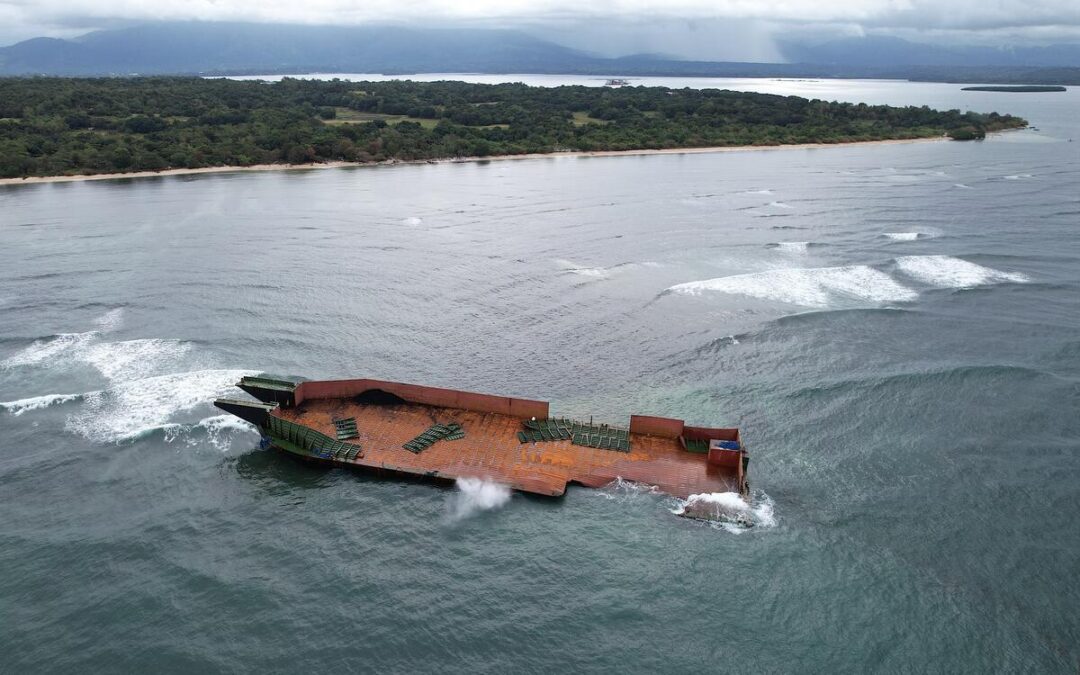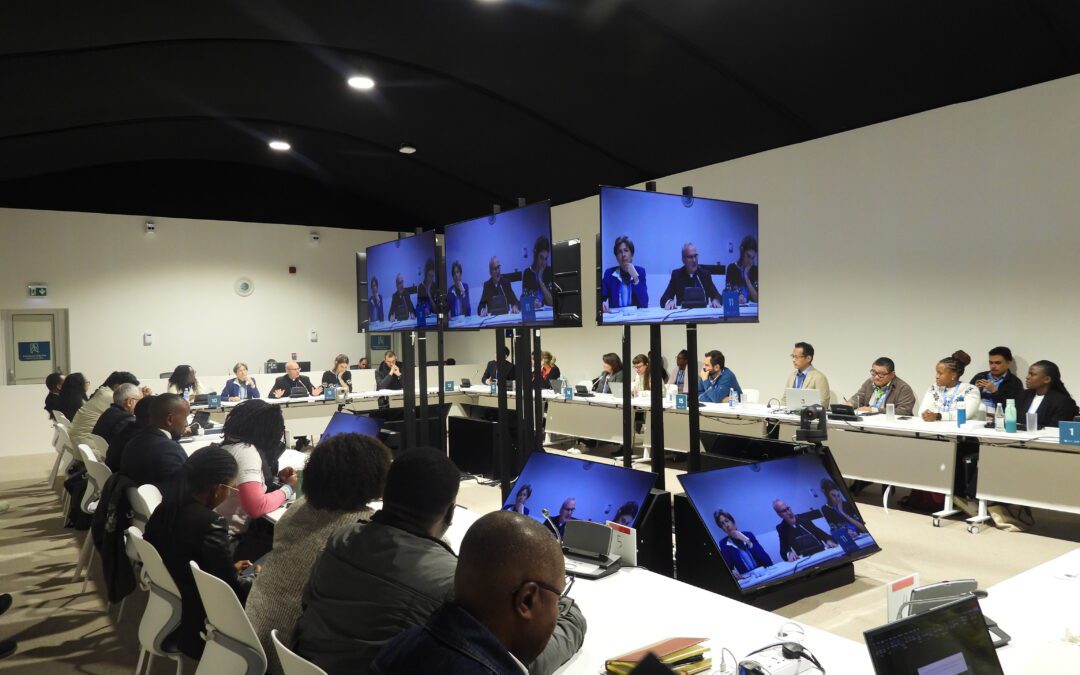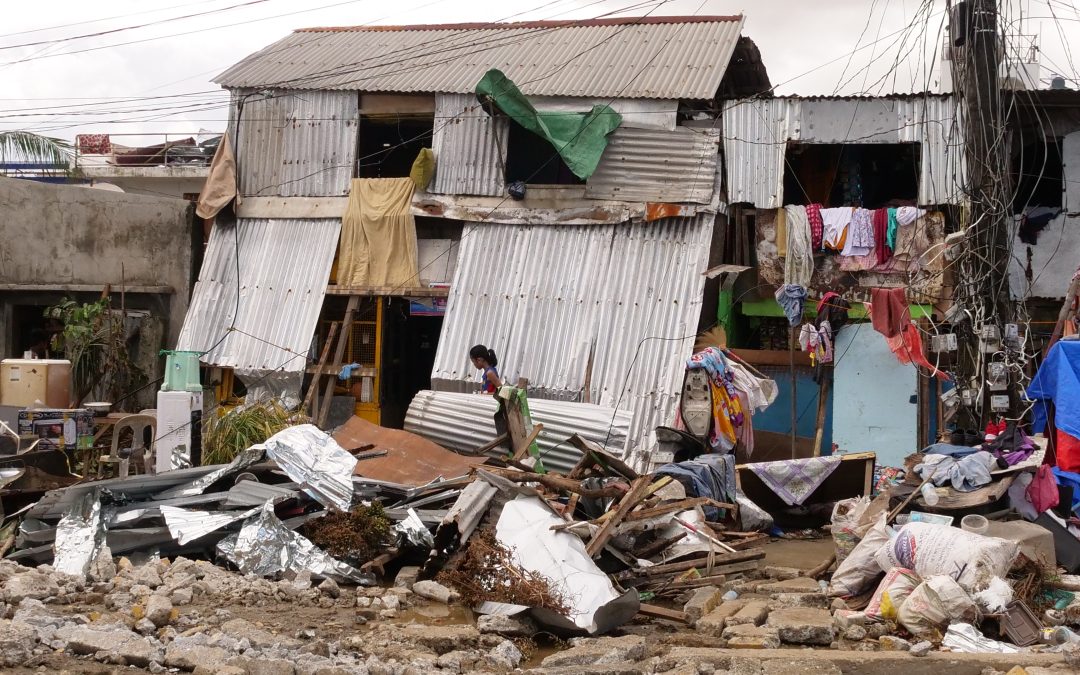The Center for Energy, Ecology, and Development (CEED) countered claims by Therma Visayas, Inc. (TVI) that its coal-fired power plant near Tañon Strait is environmentally friendly, asserting that “there is no such thing as clean coal.”
TVI, a subsidiary of Aboitiz Power, operates a 340-megawatt coal-fired power plant near Tañon Strait, the Philippines’ second-largest Marine Protected Area (MPA), which supports around 2.4 million people in Cebu and Negros.
“Circulating Fluidized Bed technology, or CFB, which Mr. Noel Cabahug of TVI touts as a new and clean technology is neither new nor clean. It has been around for decades, as it is used by KEPCO in the 90s and does not reduce emissions of a plant to ‘steam,’” said Brent Ivan Andres, CEED’s Deputy Head of Research and Policy.
He explained that pollution control technologies are limited in their ability to capture fly ash, with a portion still being released into the atmosphere.
While coal plants often claim a 99% capture rate, this is based on the assumption that the plants are consistently checked, maintained, cleaned, inspected, and serviced.
However, given the frequent breakdowns of these plants during the summer due to system functionality issues, it is unlikely that they are maintained well enough to achieve the claimed capture rate.
Andres further explained the ongoing environmental harm caused by coal plants, even when technologies like CFB operate as expected.
“Emissions from a coal-fired power plant contain fly ash. Fly ash is toxic and contains harmful pollutants like arsenic, barium, selenium, chromium, cadmium, lead, and mercury, to name a few,” he said.
He noted that even if ash does not enter the atmosphere, it can still contaminate water sources like rivers, ponds, lakes, and groundwater.
Prolonged exposure to these toxic elements poses significant health risks, particularly for communities living near the power plants.
Additionally, coal plants release carbon dioxide annually, contributing to the worsening of global warming.
Andres also raised concerns about the thermal pollution caused by coal plants that use seawater to cool their turbines, which can disrupt marine ecosystems.
Andres emphasized that scientific evidence shows there is no such thing as clean coal. While proponents may highlight advancements in technology, they often overlook the continued environmental damage caused by fly ash, carbon dioxide, and heated water, which also affect the health of nearby communities.
He argued that with renewable energy providing more reliable and affordable power, there is no justification for continuing to rely on coal.






0 Comments